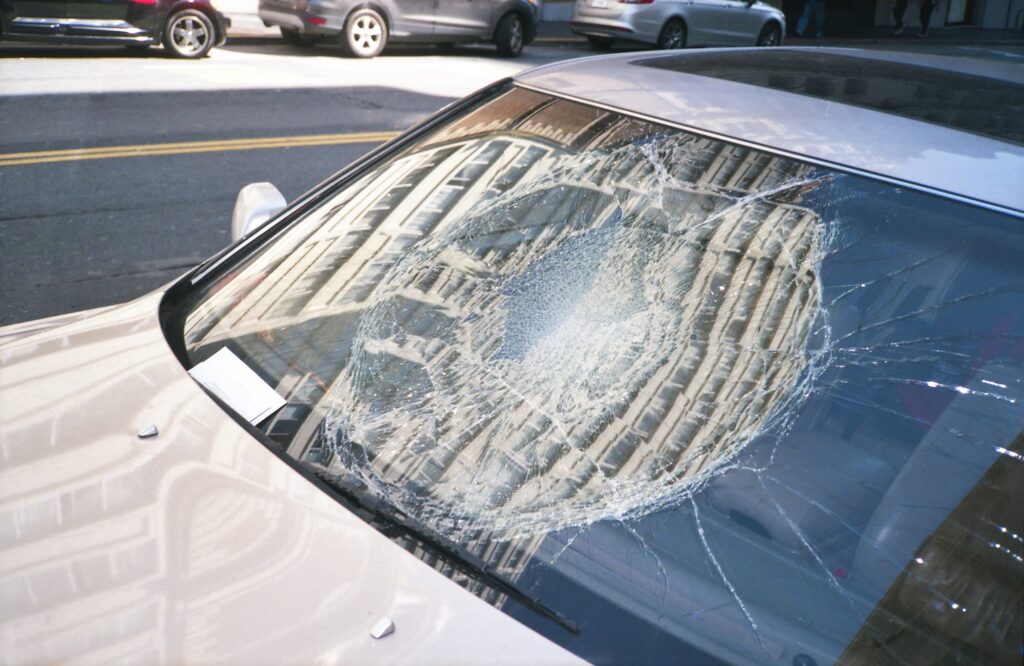
What to do After a Car Crash
Going for a holiday after a busy month at work is one of the most refreshing experiences. However, what might have started as a car trip with your family could turn into a terrible nightmare when you get involved in a car crash while holidaying.
Before thinking about seeking car repair solutions at reputable repair services, such as Dinggo, it’s essential to take some critical steps to ensure you’re within the law.
For example, you’ll need to confirm if everyone in the car is okay, contact the police, gather some information that would be helpful when seeking compensation from your insurance company, and even seek medical attention.
In this post, we’ll walk you through every important step you need to take after a car crash.
Important Steps to Take After a Car Crash
1. Get Your Car Out of Danger
No matter how minor the accident might be, never leave the scene. Your safety should be at the top of your priorities—so any other thing can wait. Confirm if everyone is OK and seek medical attention if you or someone else requires it.
If the accident is a minor one and all passengers did not suffer any severe injuries, carefully drive and park your vehicle to the side of the road so that it does not obstruct traffic.
Turn on your hazard lights and place flares or reflective emergency triangles to warn other drivers to slow down. However, you’ll need to leave the vehicle at the exact spot if the crash is more severe or if anyone is seriously injured.
Always proceed with caution when exiting your vehicle, even if you haven’t sustained serious injuries—especially if the accident occurred on a highway or a congested street.
2. Contact The Police
It’s always crucial to report accidents, although the police may not respond to a minor collision in some cases. Besides, most police departments are quickly shifting to online reporting instead of devoting resources to the accident scene.
Ask for a copy of the accident report from the officers. If the police arrive, note the officers’ names, registration numbers, and contact info. But if the police do not show up, seek a copy of the report from the law enforcement institution or your insurance firm.
3. Gather Important Information
Use your phone to take pictures of documents, or simply write down the names, addresses, phone numbers, and driver’s license numbers of everyone involved in the accident. Determine the person’s relationship to the vehicle’s owner if the driver’s name does not match the registration or insurance papers.
Proceed to collect all car details, such as the year, brand and model, colour, license plate number, and registration number. It’s recommended to obtain the insurance policy number and the company’s phone number if the other party fails to report the accident. Also, check to see if any witnesses are willing to come forth and testify.
4. Document The Scene
Use your smartphone’s camera, video, and voice memo functions to capture as much information about the accident as possible.
Evaluate the impact on the car: was it on the rear, front, or driver’s side? You can easily achieve this by photographing the entire vehicle and nearby images of the damage to your car and the other party.
Take note of the position of the cars on the street—something frequently overlooked. This is critical information because it assists the adjuster in re-constructing the accident when you report the claim.
Make a quick drawing of the accident site. Dictate what transpired using your phone’s voice memo app while the specifics are still fresh in your mind. Encompass climate and visibility information.
5. Get a Tow Truck
Your automobile may need to be taken to an accident repair service, such as Dinggo based on the extent of its damage.
Roadside service is one of the advantages of so many individuals’ memberships in automobile clubs. The police may call a tow truck business, with specific automobile manufacturers also providing driver assistance services.
Never trust a tow truck that appears out of nowhere during a collision—so please carefully check its credentials and write its contact details.
6. Contact Your Insurance Company
Although it may be appealing to make a financial arrangement to avoid filing an insurance claim, failing to inform your insurance company after a crash might leave you accountable for losses resulting from the accident.
It is critical to contact your insurance carrier and report any accident resulting in injuries or property destruction despite the blame. One widespread misconception is that you do not need to call your insurance carrier if you are not at fault. You must tell your insurance provider before using any of them.
7. Seek Medical Attention
Sometimes you might not feel an immediate effect following an accident as some injuries might not become evident for a day or two. A minor hit can cause significant head or spinal injuries, so see your doctor for a checkup.
Your vehicle insurance policy often covers injuries sustained in a collision, so it’s critical to document any bodily injury suffered as a consequence of the crash.
The roads can be a dangerous place, and car crashes can be common. However, if you do find yourself in a scary situation, ensure you follow these crucial steps to get you back on the road ASAP.











